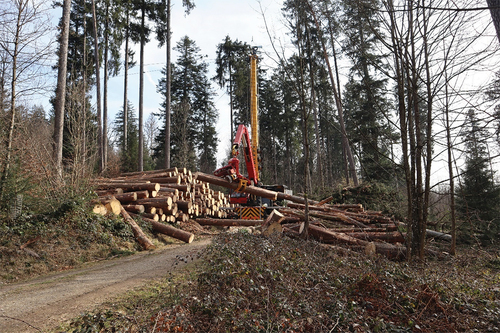Figures & data
Figure 1. Position, length and inclination of the cable corridors at the three study sites (top); locations of the study sites in the Swiss canton of Aargau (bottom, left); and location of the study sites within Switzerland (bottom, right). Reproduced with permission from Swisstopo (JA100118).
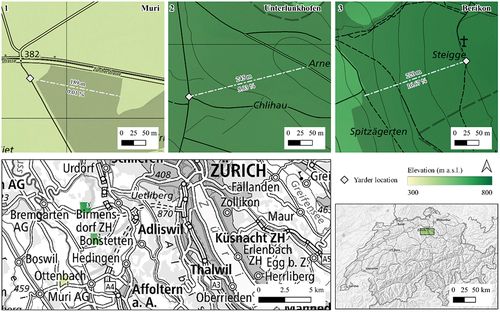
Table 1. Overview of the three study sites in the Swiss canton of Aargau.
Table 2. Overview of the peculiarities of each study site.
Figure 2. Installation of the mobile cable-based system with a Koller tower yarder at the Muri (M) study site.
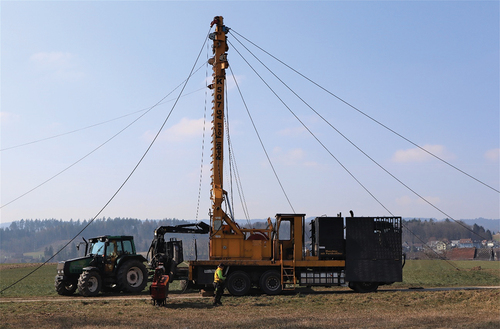
Table 3. Specifications of the cable-based extraction machines K507 and Mounty 40–3.
Table 4. Overview of the forest operations conducted in the three study sites.
Figure 3. Mobile cable-based system with a Konrad tower yarder at the Unterlunkhofen (U) study site.
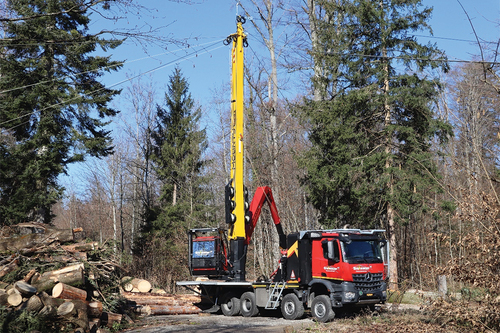
Table 5. Analyzed predictors of productivity response variables.
Table 6. Productivity response variables expressed as cubic meters over bark extracted per productive machine hour (m3 ob PMH15−1.).
Table 7. Model overview with response variable, predictors and key properties. The models are written in the following way in R (example for #1UB): log(yard_tot_prod) ~ latyard_dist + latyard_diff + log(yard_dist) + log(avrg_piece_volume) + log(payload). The following significance codes apply: “***” = 0–0.001;“**” = 0.001–0.01;“*” = 0.01–0.05; “.” = 0.05–0.1; “()” = 0.1–1.
Table 8. Distribution of the total time (TT) of the forest operation by study site expressed as absolute values (h) and relative amounts (%).
Table 9. Overview of average yarding time, payload, pieces and lateral yarding distance per cycle.
Table 10. Costs (CHF m3ob−1) at roadside for each study site.
Figure 5. Model effect plots for model #3UB, with the productivity of a complete cycle (yard_tot_prod) as the response variable and the person (resp_person_latyard) attaching the trees/tree sections to the choker, lateral yarding distance (latyard_dist), lateral yarding difficulty (latyard_diff), yarding distance (yard_dist), average piece volume (avrg_piece_volume) and payload (payload) as a predictor.
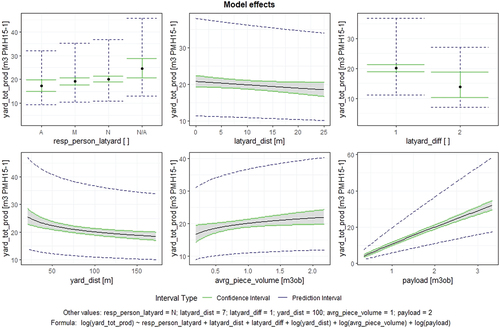
Figure 6. Model effect plot for model #7UB, with productive processing productivity (proc_prod_prod) as the response variable and payload (payload), average piece volume (avrg_piece_volume), and machine operator as predictors (resp_pers_yard_proc).
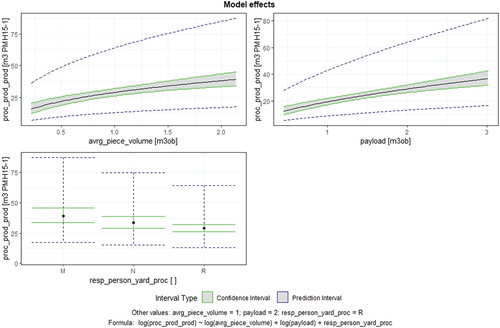
Figure 7. Model effect plot for model #9UB, with lateral yarding productivity (latyard_prod) as the response variable and the person responsible for carriage loading (resp_person_latyard), lateral yarding distance (latyard_dist), lateral yarding difficulty (latyard_diff), average piece volume (avrg_piece_volume) and payload (payload) as a predictor.
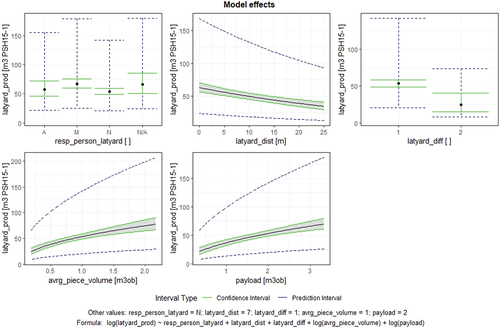
Table 11. Overview of model formulae recommended for predictive use, including the model coefficients. Variables are defined in .
Figure A1. Model diagnostics plot (residual analysis plot) for model #5UB (unterlunkhofen and berikon sites); representative of all models.
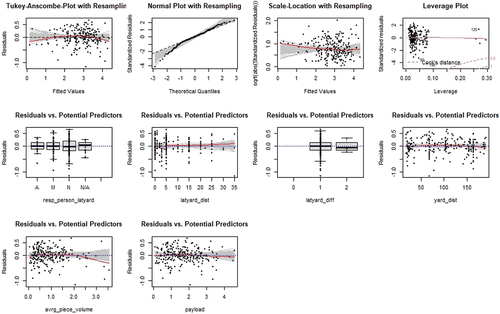
Table A1. Personnel and machine effort in the Muri study site.
Table A2. Personnel and machine effort in the Unterlunkhofen study site.
Table A3. Personnel and machine effort in the Berikon study site.

